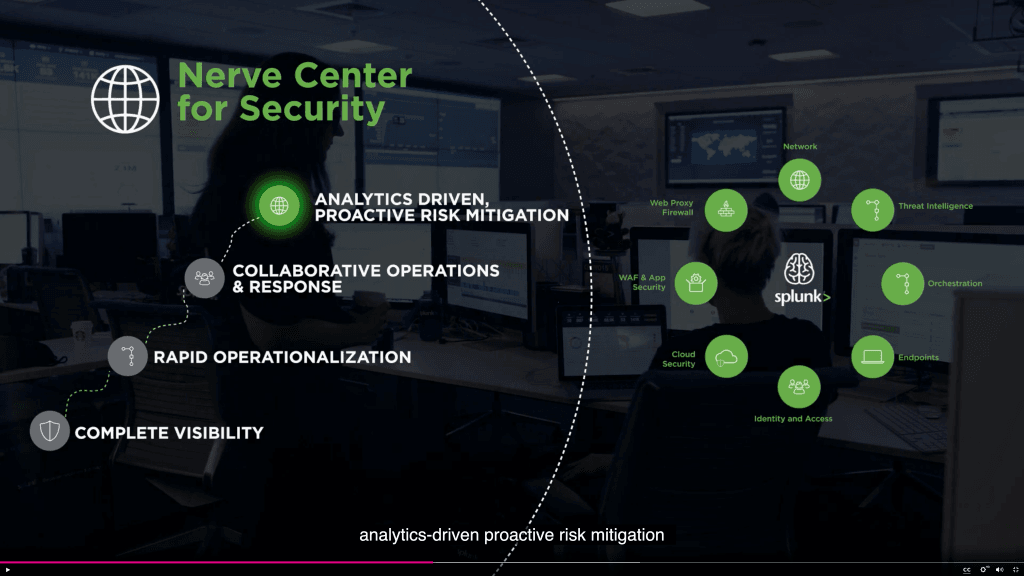Machine-learning, self-help data analytics and support for mobile device management are some new features that can help certain businesses stay relevant.
After hosting the 2018 Commonwealth Games, the City of Gold Coast (CoGC), the second largest local government in Australia, used the impetus to enhance its security operations and visibility its 3,900 staffers wide range of services, activities and facilities for residents and visitors. By turning to the Cloud, CoGC was able to have an all-round view of operations in real time. The cloud platform also mitigates significant risk through consolidated monitoring and investigation capabilities.
Similarly, a Japanese bank offering a variety of cutting-edge financial services to a broad base of customers migrated to the same cloud platform to integrate its broad range of data from multiple sources onto a central platform to automatically search, monitor and analyze the data in real time. The platform even generates useful insights and enables the bank to detect and prevent financial crimes.
These two use cases of cloud technology are particularly relevant in the current pandemic environment, where many organizations are rushing to adapt to new working environments or ‘the new normal’. Cloud solutions are the most obvious way to help them maintain business continuity and agility for survival. Even then, Cloud providers have also needed to rise to the challenge. That is why the aforementioned cloud platform by Splunk has upped its game with powerful new features and flexibilities. These include machine learning advancements, support for mobile device management (MDM) and new self-help data management features.
The benefits of the enhancements will help IT operations teams predict and prevent problems with a better monitoring experience, and for security teams to improve protection of data by modernizing and strengthening cyberdefense.
Said Sendur Sellakumar, Chief Product Officer, Splunk: “As organizations evolve, they face many challenges including the transition from on-premises to the Cloud, which increases operational complexity.” Sellakumar said organizations can use cloud computing platforms to minimize those complexities and “make the shift to the cloud with high scale and performance in order to achieve business value much faster.”
List of platform advancements
In order to allow users to embrace their growing data sources, Splunk has accelerated its release schedule for bringing innovations faster to customers. The announced list of new or expanded features added to Spunk’s Data-to-Everything Platform include:
- Splunk IT Service Intelligence (ITSI) 4.5 now delivers a centralized framework for monitoring and investigation in one view, and enhanced service monitoring and event management features to support large deployments.
- Splunk Machine Learning Toolkit (MLTK) has been updated with a simplified, customizable interface that provides broader access of the tool to less technical users and removes many barriers for machine learning exploration. MLTK version 5.2 provides visualization capabilities, a new family of Smart Assistants offering step-by-step guided workflows, and additional search processing language (SPL) commands for machine learning algorithms.
MLTK enables users to build models for needs like forecasting, clustering and outlier detection, and extends the value of the cloud platform by enabling customers to act as citizen data scientists. Customers can apply machine learning to their data to identify actionable insights that can help deliver key services and valuable business outcomes. The Splunk MLTK 5.2 app is complimentary with any current user of Splunk Cloud or Splunk Enterprise.
- A strategic partnership with Google Cloud that brings customers a single-pane view for investigating, monitoring, analyzing and acting on their data in Google Cloud’s infrastructure. Splunk Cloud on Google Cloud gives customers more options on their cloud journey.
- Splunk Data Stream Processor 1.1 is a real-time stream processing solution that continuously collects, processes, and delivers data to the Splunk platform or other destinations within milliseconds. The latest release brings customers more control, visibility and insights with the ability to collect data into a single unified location for better visibility and leverage advanced streaming capabilities. Additionally, DSP 1.1 lets organizations mask customer or sensitive information on the stream and then route data to different locations within their organization with data guarantees.

- Splunk Connected Experiences deliver insights on-the-go through augmented reality, virtual reality and mobile devices that provide users with the ability to securely access their data anywhere at any time. This feature has now been expanded support popular mobile device management (MDM) providers such as MobileIron and AirWatch which allow customers to securely deploy Splunk Mobile at scale and roll out solutions to an increasingly mobile workforce.
With the addition of MDM support, Splunk is enabling out-of-the-box integrations designed to align to corporate MDM policies and further facilitate the use of Splunk Mobile in the workforce.
